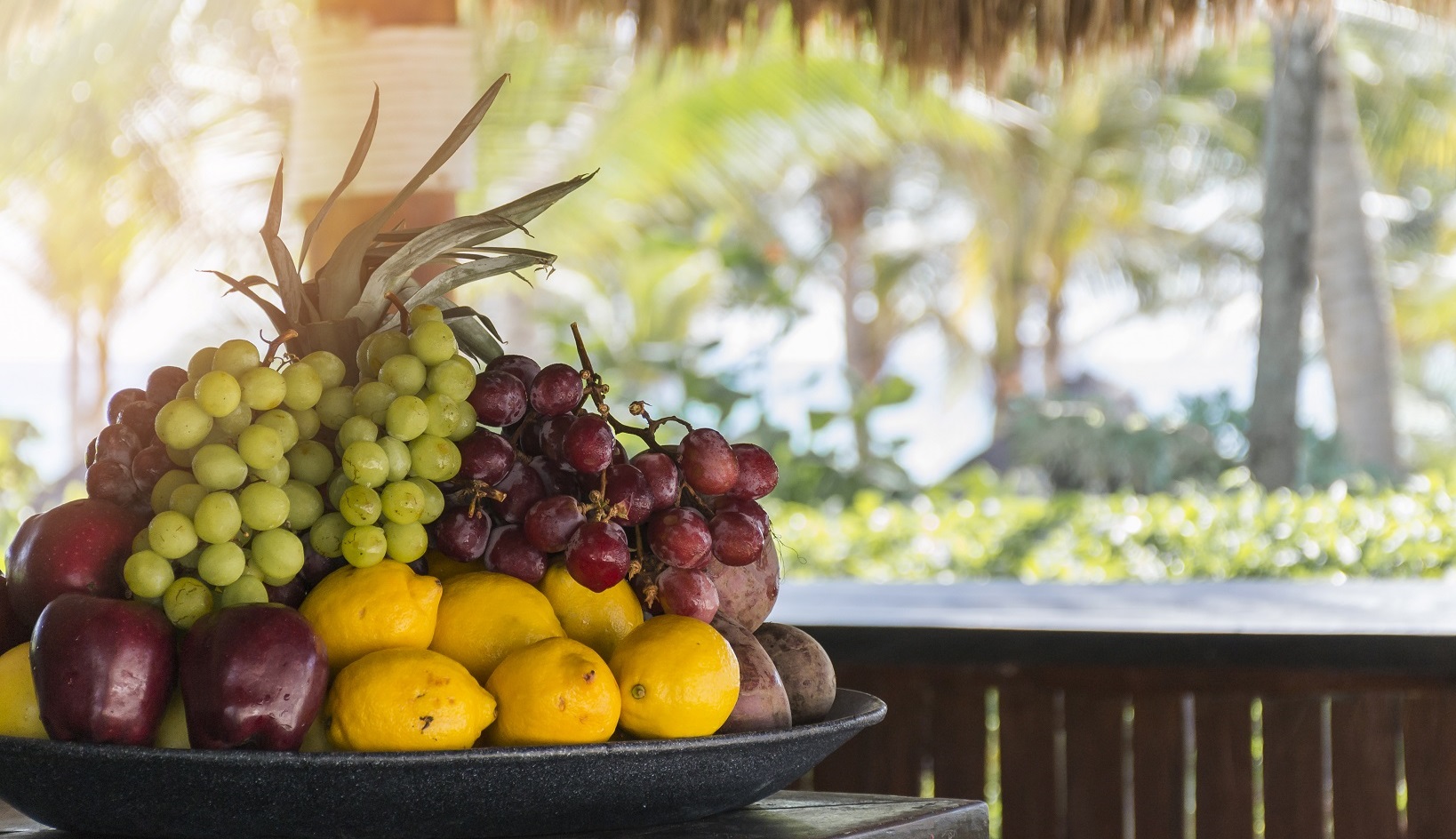Call Ahead Care Line: (281) 783-8162

Here’s what you need to know about the “glycemic index” and making healthy choices when it comes to fruit!
In the realm of nutrition, the term “glycemic index” has gained significant traction over the years, especially among those striving for healthier dietary choices. Essentially, the glycemic index (GI) ranks foods based on how quickly they raise blood sugar levels. Foods with a low GI are digested more slowly, leading to gradual increases in blood sugar levels and providing sustained energy levels.
While many might associate the concept of GI primarily with starchy foods like bread and rice, fruits also play a crucial role in understanding and managing blood sugar levels. In fact, incorporating low glycemic index fruits into your diet can be a delicious and nutritious way to support overall health and well-being.
Fruits vary widely in their glycemic index values. While some fruits can cause a rapid spike in blood sugar levels due to their higher sugar content and faster digestion, others have a more moderate impact, making them suitable choices for those looking to manage their blood sugar levels. Here are some examples of fruits with low to moderate glycemic index values:
Now that we’ve highlighted some low glycemic index fruits, let’s explore how you can incorporate them into your culinary endeavors:
By incorporating these low glycemic index fruits into your meals and snacks, you can enjoy the natural sweetness of fruits without worrying about their impact on your blood sugar levels. Experiment with different combinations and recipes to discover new ways to savor the goodness of fruits while supporting your overall health and well-being.
Keep Reading: The Truth About High-Sugar Fruits
We improve our services by using Microsoft Clarity to see how users interact with our website. By using our site, you agree that we and Microsoft can collect and use this data.